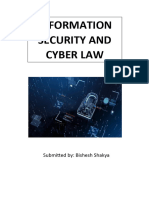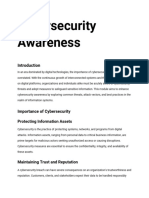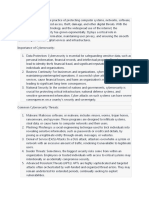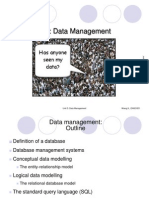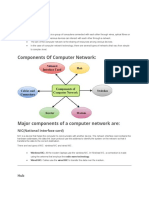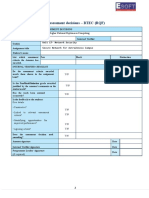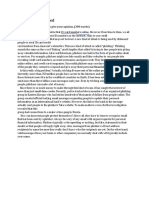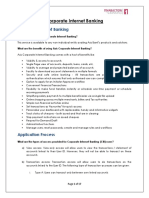0% found this document useful (0 votes)
11 views4 pagesNetwork Security Notes
The document outlines various security threats, including malware, phishing, and insider threats, along with their definitions and impacts. It also details preventive, detective, and responsive measures against these threats, such as firewalls, antivirus software, and incident response plans. Additionally, it covers the core principles of cybersecurity, key domains, challenges, and best practices for maintaining security in digital environments.
Uploaded by
AJEH BLAISE WboyCopyright
© © All Rights Reserved
We take content rights seriously. If you suspect this is your content, claim it here.
Available Formats
Download as DOCX, PDF, TXT or read online on Scribd
0% found this document useful (0 votes)
11 views4 pagesNetwork Security Notes
The document outlines various security threats, including malware, phishing, and insider threats, along with their definitions and impacts. It also details preventive, detective, and responsive measures against these threats, such as firewalls, antivirus software, and incident response plans. Additionally, it covers the core principles of cybersecurity, key domains, challenges, and best practices for maintaining security in digital environments.
Uploaded by
AJEH BLAISE WboyCopyright
© © All Rights Reserved
We take content rights seriously. If you suspect this is your content, claim it here.
Available Formats
Download as DOCX, PDF, TXT or read online on Scribd
/ 4
